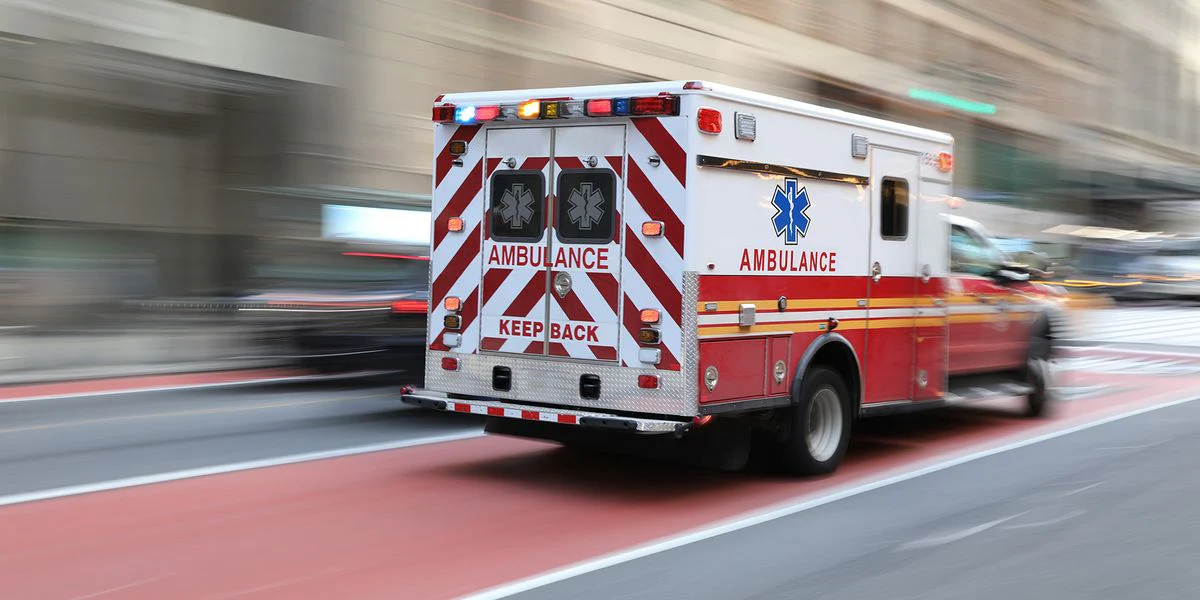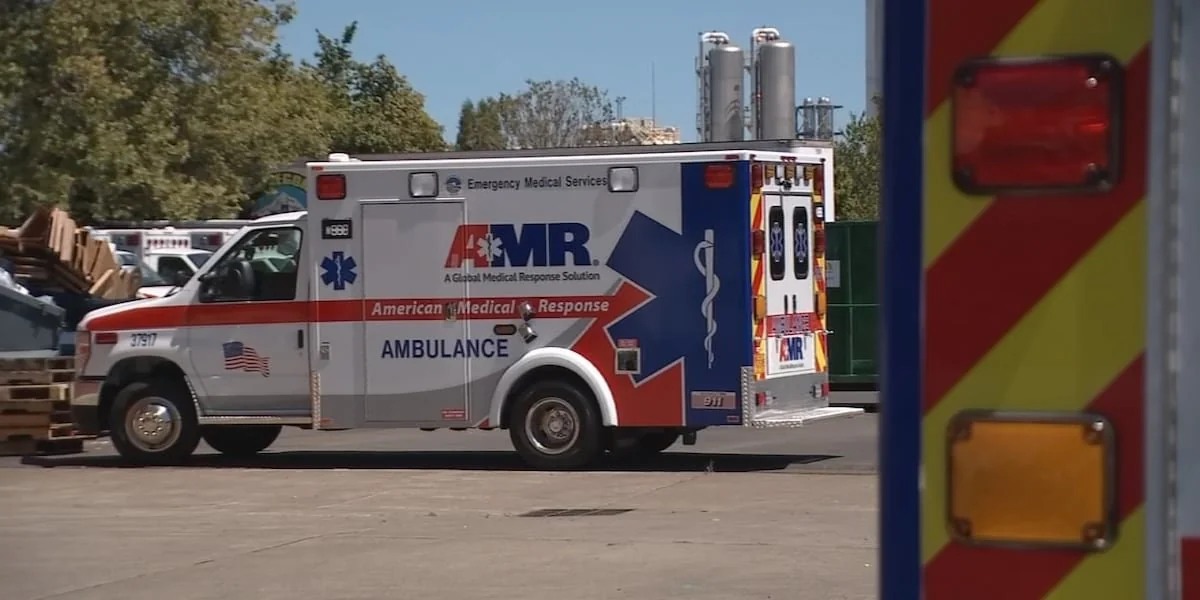Ambulance services serve as the frontline responders in emergency medical situations, providing critical care and transportation to those in need. From accidents and injuries to sudden illnesses and medical emergencies, ambulance teams play a pivotal role in delivering timely and lifesaving interventions. In this comprehensive article, we delve into the multifaceted world of ambulance services, examining their structure, functions, challenges, and the evolving landscape of prehospital care.
The Structure of Ambulance Services:
Ambulance services vary in structure and organization across different regions and healthcare systems. However, they typically consist of several key components:
- Emergency Medical Dispatch: Ambulance services often operate centralized dispatch centers staffed by trained emergency medical dispatchers. These dispatchers receive emergency calls, assess the nature and severity of the situation, and dispatch appropriate ambulance resources based on established protocols and guidelines.
- Ambulance Crews: Ambulance crews comprise trained healthcare professionals, including emergency medical technicians (EMTs) and paramedics, who are responsible for providing on-scene medical care, stabilizing patients, and transporting them to definitive care facilities. Depending on the level of certification and scope of practice, ambulance crews may administer medications, perform advanced medical procedures, and coordinate with receiving hospitals for patient handover.
- Ambulance Fleet: Ambulance services maintain a fleet of vehicles equipped with medical equipment and supplies necessary for emergency medical care. Ambulance configurations vary, ranging from basic life support (BLS) units staffed by EMTs to advanced life support (ALS) units staffed by paramedics with additional training and capabilities.
Functions of Ambulance Services:
Ambulance services perform a wide range of functions aimed at delivering prompt and effective emergency medical care:
- Emergency Response: Ambulance crews respond rapidly to emergency calls, providing immediate medical assistance to individuals in distress. Whether it’s administering cardiopulmonary resuscitation (CPR) to a cardiac arrest patient, managing trauma injuries at the scene of an accident, or stabilizing a critically ill patient experiencing a medical crisis, ambulance teams are trained to assess and address a diverse array of emergencies.
- Medical Transportation: Ambulance services transport patients from the scene of an emergency or from one healthcare facility to another, ensuring timely access to appropriate levels of care. This may involve transporting patients to emergency departments, trauma centers, cardiac catheterization labs, or specialized hospitals equipped to manage specific medical conditions or emergencies.
- Prehospital Care: Ambulance crews provide prehospital medical care, including assessment, treatment, and interventions aimed at stabilizing patients and mitigating the progression of illness or injury. This may include administering medications, oxygen therapy, intravenous fluids, immobilization of fractures, and airway management, among other interventions, depending on the patient’s condition and medical needs.
- Interagency Coordination: Ambulance services collaborate closely with other emergency response agencies, including fire departments, law enforcement, and emergency medical services (EMS) agencies, to ensure a coordinated and integrated response to emergencies. Interagency coordination facilitates effective scene management, resource allocation, and communication, optimizing patient outcomes and operational efficiency.

Challenges and Considerations:
Despite their critical role in emergency medical care, ambulance services face various challenges and considerations:
- Resource Allocation: Ambulance services must balance the allocation of resources to meet the demands of emergency response while ensuring adequate coverage across geographic areas. Challenges such as fluctuating call volumes, geographic disparities, and resource limitations may impact response times and service availability.
- Emergency Department Crowding: Ambulance services are affected by emergency department (ED) crowding, which can lead to delays in offloading patients and returning ambulances to service. ED overcrowding strains ambulance resources, prolongs ambulance turnaround times, and impedes the ability to respond to subsequent emergencies in a timely manner.
- Workforce Shortages: Ambulance services may face workforce shortages, particularly in rural or underserved areas, due to factors such as recruitment challenges, retention issues, and workforce aging. Addressing workforce shortages requires strategies to attract and retain qualified personnel, enhance training and education, and promote career development opportunities in emergency medical services.
- Reimbursement and Funding: Ambulance services rely on reimbursement from payers, including government programs, private insurers, and patients, to sustain operations and maintain financial viability. Reimbursement rates, billing practices, and funding mechanisms vary, posing financial challenges for ambulance services, particularly in the face of uncompensated care, rising costs, and regulatory constraints.
The Evolving Landscape of Prehospital Care:
Advancements in technology, clinical practice, and healthcare delivery models are reshaping the landscape of prehospital care and ambulance services:
- Telemedicine and Mobile Health: Telemedicine and mobile health technologies enable remote consultation, real-time communication, and medical decision support for ambulance crews in the field. Mobile telemedicine platforms facilitate information exchange between ambulance teams and receiving hospitals, allowing for collaborative decision-making and seamless patient handover.
- Community Paramedicine: Community paramedicine programs expand the role of paramedics beyond traditional emergency response to encompass preventive care, chronic disease management, and community health outreach. Community paramedics work collaboratively with healthcare providers, social services, and community organizations to address the health needs of underserved populations and reduce unnecessary emergency department visits.
- Mobile Integrated Healthcare: Mobile integrated healthcare (MIH) initiatives integrate prehospital care with primary care, behavioral health, and social services to deliver comprehensive and coordinated care to patients in their homes or communities. MIH programs leverage ambulance resources to provide proactive, personalized care, reduce healthcare costs, and improve patient outcomes, particularly for high-risk populations with complex medical and social needs.
- Data Analytics and Performance Improvement: Ambulance services leverage data analytics and performance improvement initiatives to optimize operational efficiency, clinical outcomes, and patient satisfaction. Data-driven approaches enable ambulance services to identify trends, monitor key performance indicators, and implement quality improvement initiatives to enhance service delivery and patient care.
Conclusion:
Ambulance services are the lifelines of emergency medical care, providing rapid, skilled, and compassionate assistance to individuals in their most vulnerable moments. From emergency response and medical transportation to prehospital care and interagency coordination, ambulance teams fulfill a critical role in safeguarding public health and saving lives. As healthcare systems evolve and technologies advance, the landscape of prehospital care continues to evolve, presenting new opportunities and challenges for ambulance services to adapt, innovate, and deliver exceptional care to those in need. Through collaboration, innovation, and a steadfast commitment to excellence, ambulance services remain steadfast in their mission to serve and protect communities, ensuring that help is always just a call away.

